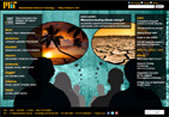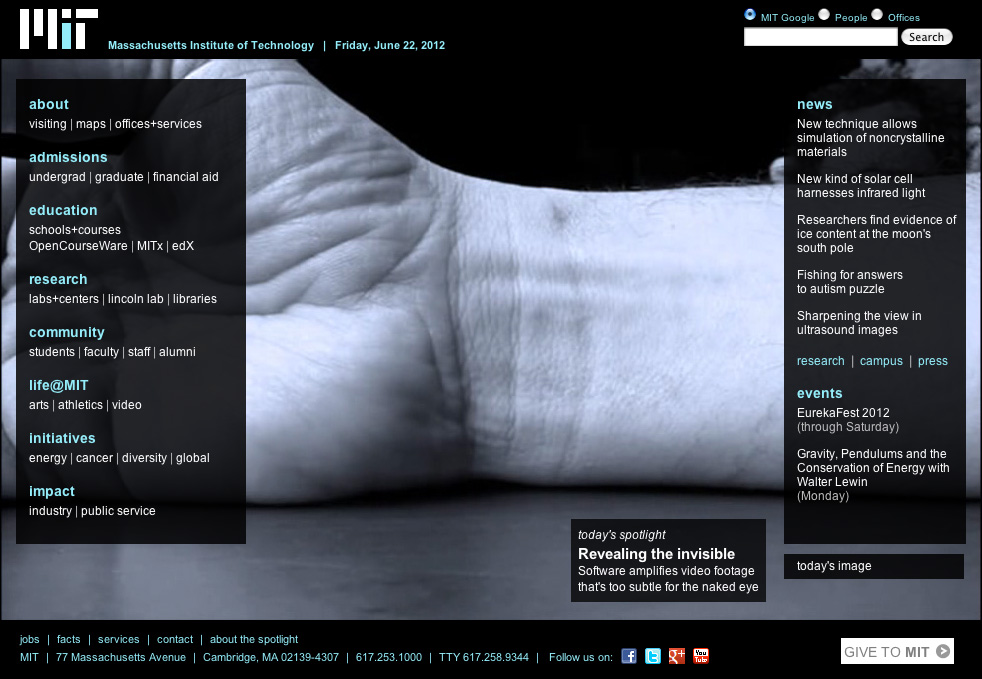Today’s Spotlight uses a video clip, courtesy of Michael Rubinstein, showing how the pulse looks when viewed using the amplification software.
At this summer’s Siggraph — the premier computer‑graphics conference — researchers from MIT’s Computer Science and Artificial Intelligence Laboratory (CSAIL) will present new software that amplifies variations in successive frames of video that are imperceptible to the naked eye. So, for instance, the software makes it possible to actually “see” someone’s pulse, as the skin reddens and pales with the flow of blood, and it can exaggerate tiny motions, making visible the vibrations of individual guitar strings or the breathing of a swaddled infant in a neonatal intensive care unit. Read more
At this summer’s Siggraph — the premier computer‑graphics conference — researchers from MIT’s Computer Science and Artificial Intelligence Laboratory (CSAIL) will present new software that amplifies variations in successive frames of video that are imperceptible to the naked eye. So, for instance, the software makes it possible to actually “see” someone’s pulse, as the skin reddens and pales with the flow of blood, and it can exaggerate tiny motions, making visible the vibrations of individual guitar strings or the breathing of a swaddled infant in a neonatal intensive care unit. Read more




